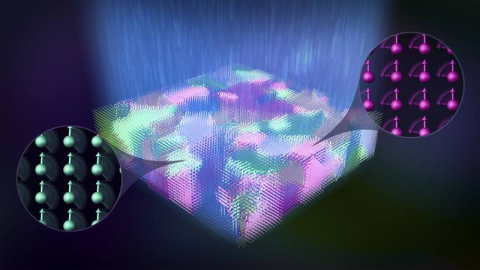
Ultrafast electron scattering measurements reveal dynamic reconfiguration of polarization in relaxor ferroelectrics by light.

Researchers open a new avenue for future brain-inspired computer hardware.
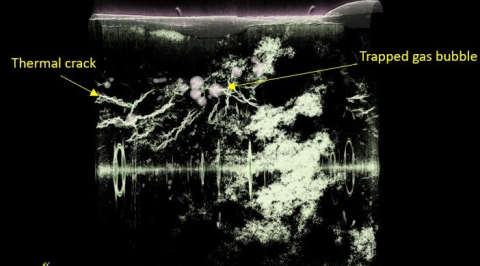
In a breakthrough for industrial manufacturing, scientists reproduced one of the world’s toughest materials using 3D printing.
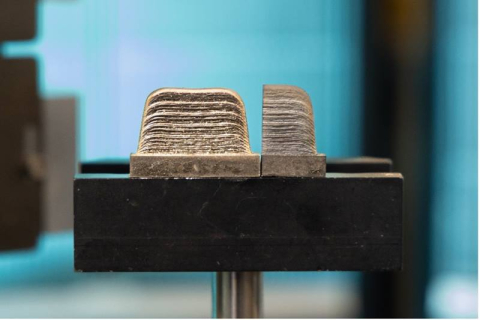
Neutron experiments revealed microscopic details about a special 3D-printed superalloy that could potentially reduce component costs.
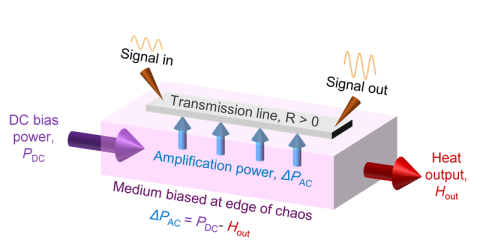
Emulating the edge of chaos of axons enables a metal wire to overcome its resistance without cooling, thereby amplifying signals flowing inside of it.
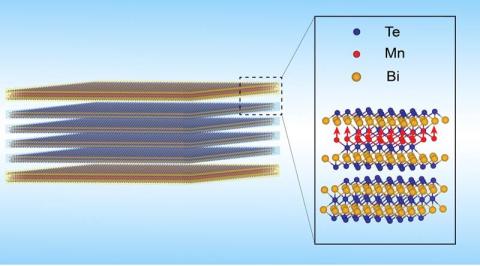
Layers of a surface-conducting material, sandwiched between layers of a magnetic insulator, could lead to more powerful, energy-efficient electronics.
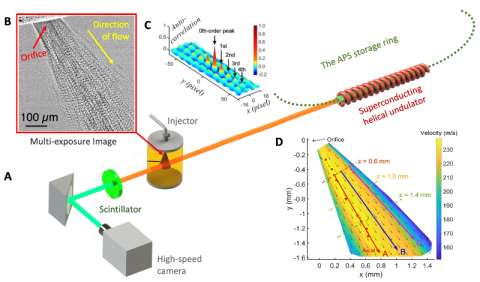
Ultrafast X-ray imaging created with new technology offers insights into improving the energy efficiency of combustion engines.
Electron transfer between atomically thin materials triggers the ultrafast release of heat.
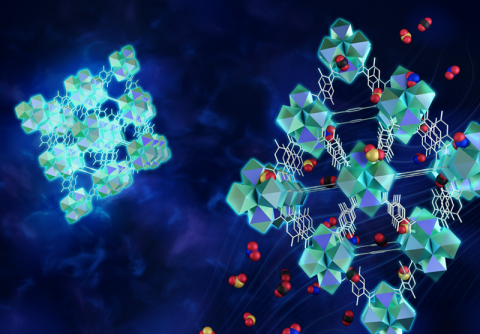
Researchers used neutrons to study porous metal materials called MOFs that trap toxic gases that are harmful to the environment and human health.

Scientists chart a path to sub-femtosecond hard X-ray Free-Electron-Laser pulses powered by compact plasma-based accelerators.

